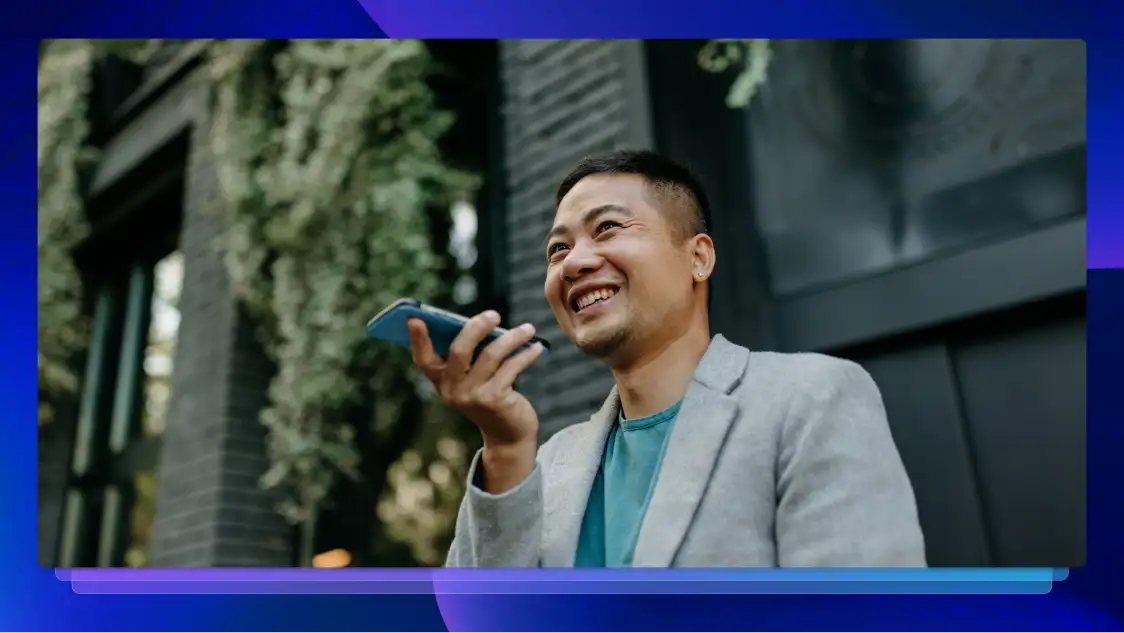How Rev’s AI and Human Transcriptionists Work Together
One of the most rapidly advancing areas of technology today is automatic speech recognition (ASR). Essentially, ASR systems use various algorithmic methods to transcribe speech to text in real-time as accurately as possible. Several major players in the tech industry, including Google, Amazon, and Microsoft, have all developed—and continue to iterate upon—their own proprietary ASR models using artificial intelligence technology.
At Rev, ASR is at the very core of our business, and our technology is one of the main reasons we’re widely recognized as the top AI transcription service in the world. So how did we get our ASR to become so accurate?
Before we address this question, the first thing to understand is that various factors affect the reliability of an automatic transcription system.
Let’s briefly review them:
Input Audio Quality
There can be a wide range in quality when it comes to the audio files used to train an ASR model. While some audio and video recordings may be high quality and crystal clear, this is often not the case for others.
Perhaps background noise is abundant (chatter, traffic sounds, etc.), or maybe the quality of the audio equipment used to make the recording wasn’t up to snuff. It’s also possible the microphone wasn’t optimally positioned next to the speaker, which resulted in excessive echoing or reverberation. These are just a few things that can impact the quality of inputted audio.
Speaker Qualities
Not all speakers speak the same way, even in a single language. The particular characteristics of a given speaker can also affect how an ASR system “learns” to understand language.
There are variations in diction, pronunciation, and clarity. Speakers from different countries or regions within a country will also have various accents.
Environmental Qualities
Automated transcription technology must deal with situation-specific factors as well. For instance, if the recording features multiple speakers, the ASR model needs to distinguish between them to produce an accurate transcript.
Furthermore, different topics or domains—like broadcast/media, law, medicine, or particular academic fields—may have unique terminology that an AI must detect.
With all of these different elements playing a role in how accurately a speech recognition system transcribes a recording, there are several reasons why Rev’s own AI does a better job than the competition’s.
The first is the data with which we’ve trained it. Since Rev’s founding over ten years ago, we’ve been finetuning our ASR model with millions of minutes’ worth of audio data along with the associated transcripts and timing data. These audio files include recordings from a significant span of industries and various accents and dialects from across the globe.
Additionally, we often deliberately use noisy recordings as input files for our model to make it more resilient.
We’ve also incorporated our English transcription capabilities into a single model to get the best possible results for our clients, regardless of whether an American Aussie is speaking English, New Zealander, German, or anyone else.
The Rev.ai engine is the most accurate artificial intelligence speech recognition program available on the market today.
Our analysis has demonstrated that it outperforms similar solutions from Microsoft, Google, Amazon, and Speechmatics. But even the best ASR system—ours has an accuracy rating in the low- to mid-90s by percentage—can only get you so far.
To reach our standard of at least 99% accuracy (that is, a 1% error rate within the transcribed text), we offer services where we complement the automatically-generated transcription with a review by a human transcriptionist.
With professional transcriptionists, it’s possible to get far more accurate results than you would by using an ASR system alone.
Rev’s AI and Transcription Professionals Working Together
Humans have a greater capacity for understanding the nuances of language than a speech recognition AI model does. Consider these examples: a person is much better at distinguishing between homophones (did the speaker say “bear” or “bare”? “Brake” or “break”? “Cell” or “sell”?). Humans also can better understand the content of language spoken over heavy background noises.
The people Rev employs to do our human transcribing aren’t just randomly selected. We work with the world’s largest network of expert human transcriptionists (over 50,000!) who will convert your video or audio files to text with at least 99% accuracy, fully guaranteed.
Our team is available 24/7 to handle any of your transcription needs and is trusted by top companies in the media, education, legal, and marketing industries.
It’s our combination of artificial intelligence and real, live people that make Rev’s speech-to-text capabilities both exceptionally distinct and unbeatable in terms of speed, price, and quality.
If you have any other questions about how Rev has become the world leader in transcription services, or if you need to get the most reliable transcripts around, get in touch with us today.
Subscribe to The Rev Blog
Sign up to get Rev content delivered straight to your inbox.



